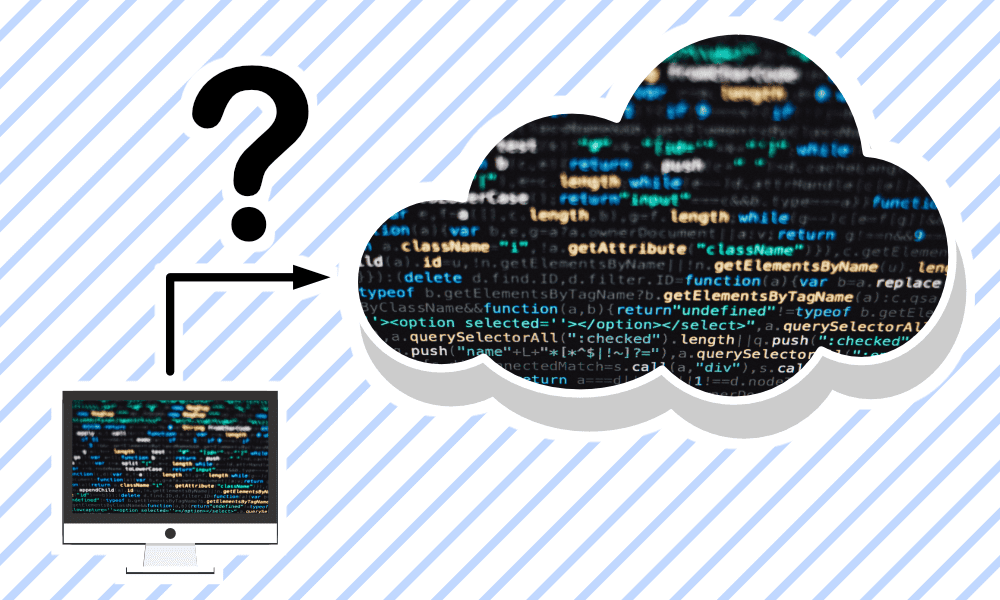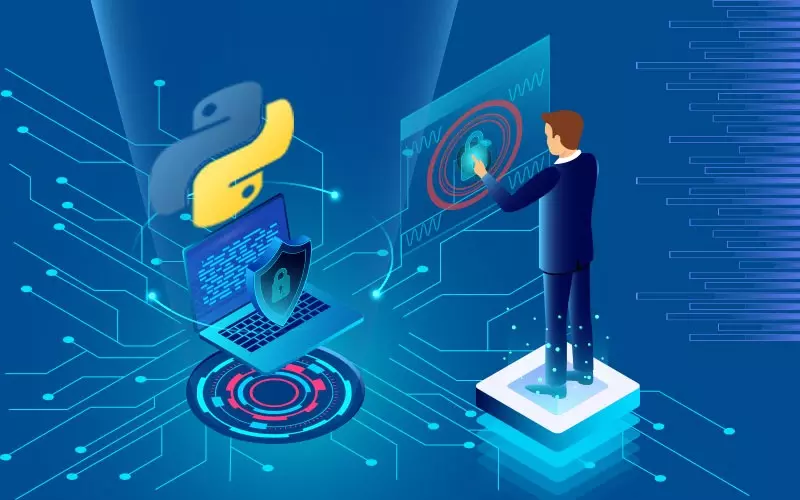Python in the Cloud: Leveraging the Power of Serverless Computing in 2023
Introduction
In recent years, serverless computing has gained significant popularity in the world of software development. With its ability to provide scalable and cost-effective solutions, serverless architecture has revolutionized the way applications are built and deployed. Python, being one of the most versatile and widely used programming languages, seamlessly integrates with serverless platforms, allowing developers to leverage the power of the cloud. In this article, we will explore how Python is being utilized in the cloud through serverless computing in 2023.
Understanding Serverless Computing
Serverless computing is a cloud computing model where the cloud provider manages the infrastructure and automatically allocates resources to run applications. Developers can focus on writing code without worrying about server management, scaling, or infrastructure maintenance. Functions or services are deployed in small, modular units called serverless functions, which are triggered by specific events.
Python: A Versatile Language for Serverless
Python is a high-level, general-purpose programming language known for its simplicity and readability. It offers a wide range of libraries and frameworks that make it an excellent choice for serverless development. Python’s versatility enables developers to build various types of applications, including web services, data processing pipelines, and machine learning models, within the serverless architecture.
Benefits of Using Python in Serverless Computing
- Rapid Development: Python’s easy-to-understand syntax and extensive library ecosystem allow developers to quickly prototype and develop serverless applications.
- Scalability: Serverless platforms automatically scale the resources based on demand, ensuring that Python functions can handle varying workloads efficiently.
- Cost-Effectiveness: Serverless computing follows a pay-per-use model, enabling developers to save costs by only paying for the resources consumed during function execution.
- Integration with Cloud Services: Python has robust integration capabilities with popular cloud services, enabling developers to seamlessly connect their serverless functions with databases, storage systems, and other cloud-based resources.
- Community Support: Python has a large and active community that regularly contributes to open-source projects and provides support through forums and online communities.
Serverless Frameworks for Python
Python in the cloud Leveraging the Power of Serverless Computing in 2023. Several frameworks simplify the process of developing and deploying serverless applications with Python. These frameworks abstract away the complexity of infrastructure management and provide a streamlined development experience. Some popular Python serverless frameworks include:
- Flask
- Django
- Chalice
- Zappa
- Serverless Framework
Deploying Python Applications on Serverless Platforms
Deploying Python applications on serverless platforms requires packaging the code and dependencies into deployable artifacts. Platforms like AWS Lambda and Google Cloud Functions provide specific deployment mechanisms to deploy Python functions. These platforms handle the execution and scaling of functions automatically.
Event-Driven Programming with Python and Serverless
Serverless architecture promotes event-driven programming, where functions are triggered by specific events, such as HTTP requests, database updates, or file uploads. Python’s event-driven programming model, coupled with serverless platforms, allows developers to build highly responsive and scalable applications.
Handling Data and Storage in Serverless Python Applications
Python integrates seamlessly with various databases and storage systems, making it ideal for serverless applications that require data processing and storage. Developers can leverage Python libraries like SQLAlchemy, Pandas, and PyMongo to interact with databases and process data efficiently.
Serverless Machine Learning with Python
Python’s extensive ecosystem of machine learning libraries, such as TensorFlow, PyTorch, and Scikit-learn, enables developers to build and deploy machine learning models within a serverless environment. Serverless machine learning applications benefit from the automatic scaling and cost-effectiveness provided by serverless platforms.
Best Practices for Serverless Python Development
To optimize serverless Python applications, it is essential to follow best practices such as:
- Writing small, single-purpose functions
- Minimizing dependencies to reduce deployment package size
- Utilizing caching and connection pooling
- Proper error handling and logging
- Implementing efficient resource utilization
- Leveraging environment variables for configuration
Overcoming Challenges in Serverless Python
While serverless Python offers numerous advantages, there are challenges to address. Some common challenges include:
- Cold start latency
- Limitations in function execution duration and memory size
- Handling stateful operations
- Debugging and monitoring distributed systems
- Managing third-party dependencies and library compatibility
Python Serverless Integration with Cloud Services
Python’s versatility extends to its integration capabilities with cloud services. Python functions can seamlessly interact with cloud storage systems, databases, queues, and other services provided by cloud providers. This integration allows developers to leverage the full potential of cloud services within their serverless Python applications.
Monitoring and Debugging Python Functions in the Cloud
Proper monitoring and debugging are crucial for maintaining the performance and reliability of serverless Python applications. Cloud providers offer monitoring and logging services that allow developers to track function invocations, identify bottlenecks, and troubleshoot issues efficiently.
Security Considerations for Serverless Python Applications
Security is of utmost importance when deploying serverless Python applications. Developers must follow security best practices, such as:
- Implementing proper access controls and authentication mechanisms
- Encrypting sensitive data
- Regularly updating dependencies and libraries
- Monitoring and responding to security events
- Implementing secure coding practices
Future Trends and Innovations in Python Serverless Computing
As serverless computing continues to evolve, Python’s role in the ecosystem is expected to expand further. Future trends and innovations may include:
- Enhanced tooling and frameworks specifically designed for serverless Python development
- Improved serverless performance and reduced cold start times
- Advanced debugging and monitoring capabilities for serverless functions
- Integration with emerging technologies such as edge computing and Internet of Things (IoT)
Conclusion
Python’s versatility and the power of serverless computing have converged to provide developers with an efficient and scalable way to build cloud-native applications. By leveraging Python in serverless architectures, developers can focus on delivering innovative solutions without the burden of managing infrastructure. As we move further into 2023, Python’s presence in the cloud is set to increase, opening up new possibilities for developers worldwide.
FAQs
Q1. Can I use other programming languages with serverless computing?
Yes, serverless computing supports multiple programming languages such as Node.js, Java, C#, and Go. However, Python is particularly well-suited for serverless development due to its simplicity and extensive library ecosystem.
Q2. Does serverless computing eliminate the need for traditional servers?
In serverless computing, the infrastructure is managed by the cloud provider, eliminating the need for traditional server management. However, the applications still run on servers; it’s just that the management and scaling aspects are abstracted away from the developers.
Q3. Is Python suitable for building large-scale serverless applications?
Yes, Python is suitable for building large-scale serverless applications. By following best practices and utilizing appropriate design patterns, developers can build robust and scalable serverless applications using Python.
Q4. How does serverless computing help in reducing costs?
Serverless computing follows a pay-per-use model where you only pay for the resources consumed during function execution. This allows you to save costs by eliminating the need for upfront infrastructure provisioning and paying only for the actual usage.
Q5. Can I use existing Python code with serverless platforms?
Yes, you can use existing Python code with serverless platforms. However, you may need to make certain modifications to adapt the code to the serverless architecture and packaging requirements.





